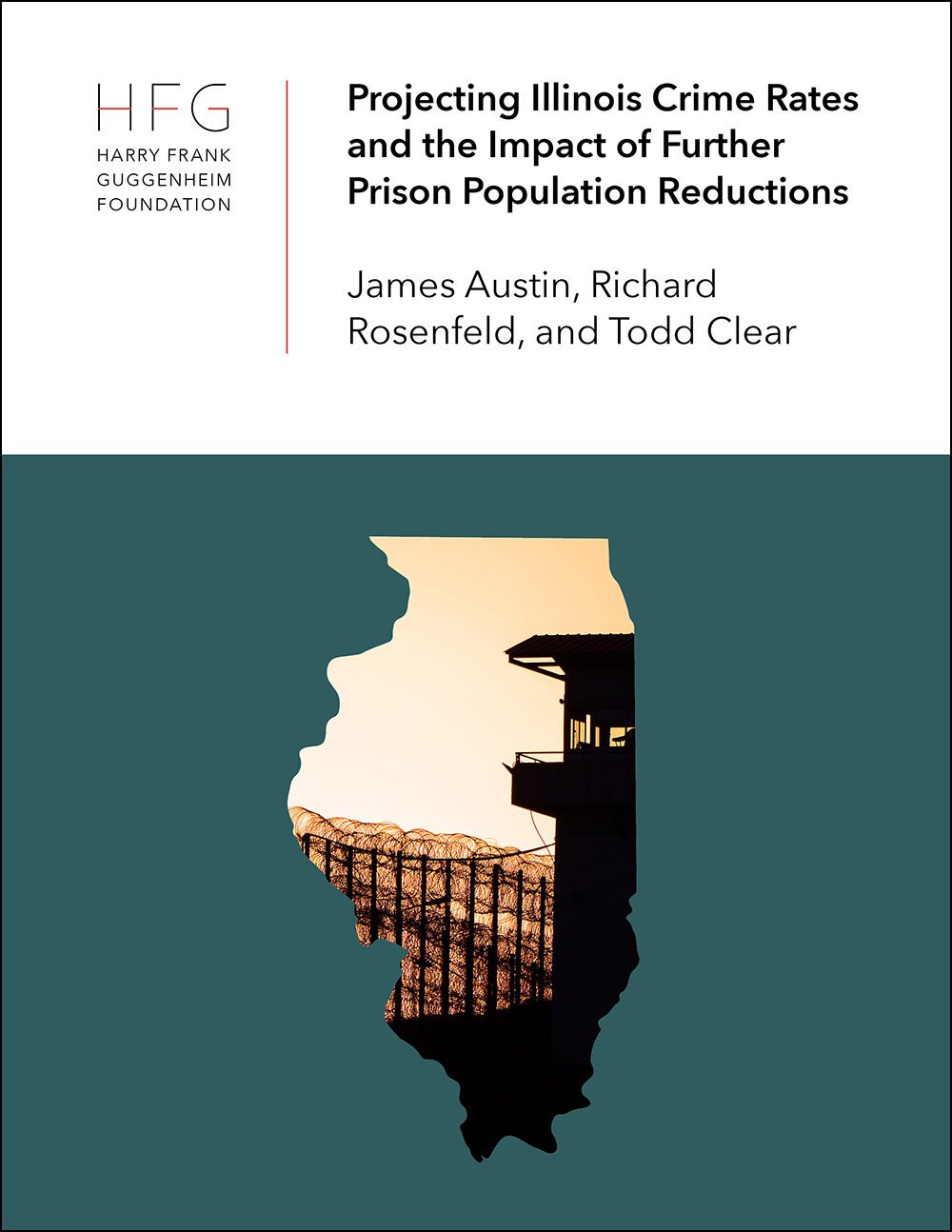By Charles Fain Lehman
Crime remains a pressing concern for Americans, even as rates of violence have receded from 2022 peaks. What explains these persistent concerns? This report investigates this question in the context of a small but rapidly growing American city: Chattanooga, Tennessee. A Manhattan Institute poll from earlier this year found that Chattanooga residents are worried about safety in their communities; this report investigates why. A review of Chattanooga data, it finds that the city experienced the same increases in certain kinds of crime that other American cities did over the past four years, but that, through the application of evidence-based practices, the city’s police and municipal government have brought the problem under control. But even as violent crime has largely receded, multiple indicators are suggesting that another problem persists: disorder. Data indicate that homelessness, trash, and certain kinds of petty crime remain elevated above pre-2020 levels. A reduction in city resources—especially police resources—appears to have caused a concentration on serious crime, at the expense of more minor but still significant issues. Disorder, this report argues, matters, especially for a growing city like Chattanooga. Consequently, this report concludes by outlining several principles for addressing this problem, while capitalizing on the gains that the city has already made in getting major crime under control.
New York: The Manhattan Institute, 2024. 26p.



